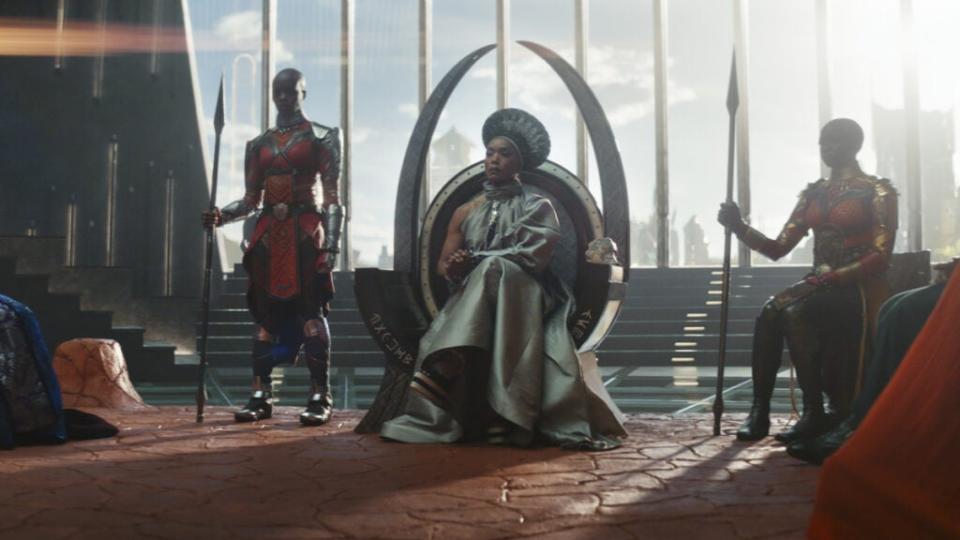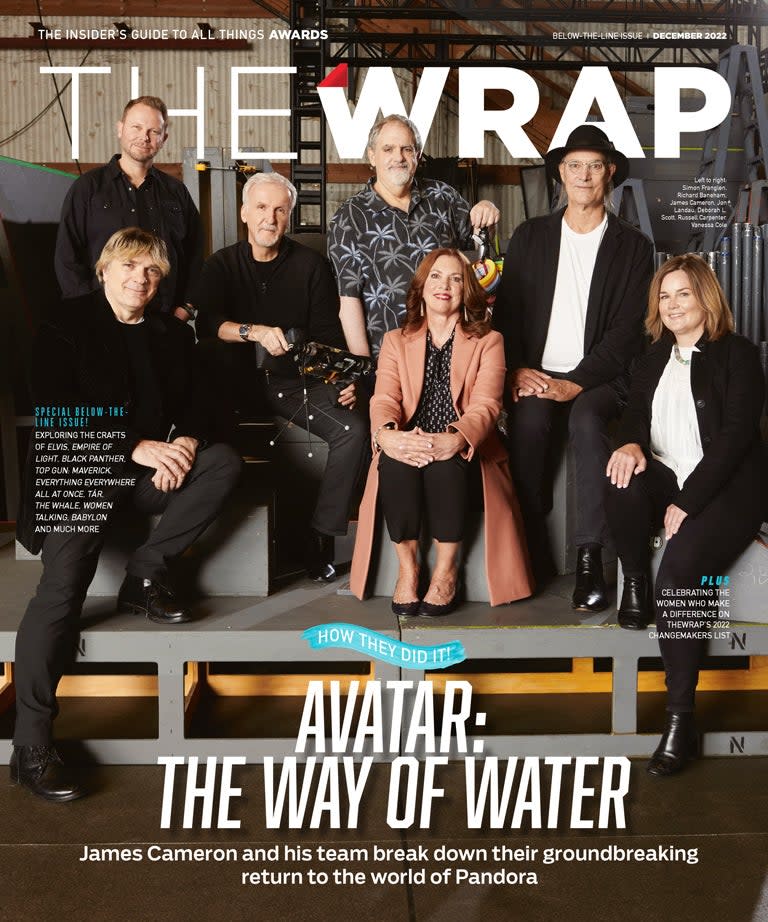How the ‘Black Panther: Wakanda Forever’ Cinematographer Made a World of Water
- Oops!Something went wrong.Please try again later.
- Oops!Something went wrong.Please try again later.
- Oops!Something went wrong.Please try again later.
- Oops!Something went wrong.Please try again later.
- Oops!Something went wrong.Please try again later.
This story about “Black Panther: Wakanda Forever” cinematographer Autumn Durald Arkapaw first appeared in the Below-the-Line issue of TheWrap’s awards magazine.
“When I talk about how I came up, I didn’t see many female DPs,” Autumn Durald Arkapaw said during an interview about “Black Panther: Wakanda Forever,” Ryan Coogler’s sequel to his groundbreaking 2018 blockbuster. “I went to AFI, and the year that I was accepted — we’re talking 2007, I believe — was the year that the most female DPs were accepted in the program. So it’s like, 28 of us and 11 were women. So I’m looking around me and I see myself reflected, and 10 other women internationally want to learn how to do this. So it was just great.”
Durald Arkapaw, taking over cinematography duties from Rachel Morrison (who was Oscar-nominated for the 2018 film), was working the lens for young filmmakers such as Gia Coppola and Ry Russo-Young when Marvel tapped her to work on “Loki,” the Tom Hiddleston-starring spinoff “Avengers” series, which earned her an Emmy nomination this past summer. And then Coogler called with an even bigger offer.
Also Read:
Stan Lee Documentary Coming to Disney+ in 2023
“Ryan was the excitement for me, because I heard such great things about him,” Durald Arkapaw said, noting that the second film’s themes of motherhood and family (she is the mother of a seven-year-old), not to mention its distinctly female-forward narrative, was a huge selling point.

“It was a new story we were telling, unfortunately, with the passing of Chadwick (Boseman, who played T’Challa in the first film), so it was about what that meant emotionally for the characters that were moving forward with that loss. Ryan chose to shoot anamorphic this time around, which I’m a big fan of. He hadn’t used that format before and it was a huge choice that emotionally served what he was trying to say. It’s a wider field of view, the lenses have more character to them, they’re a little softer. It accentuated this fog-of-grief idea that he had from the start and there’s more nostalgic quality to this type of texture, which I appreciate.”
There were additional challenges to this expanded universe, as it not only had to present the Wakandan world, including a funeral for the departed T’Challa and rituals that enveloped African history and heritage, but also expand the setting with a literal underworld. The underwater realm is the kingdom of new adversary Namor (Tenoch Huerta Mejia), a superhuman who leads a group of aqua-people hellbent on preventing the Wakandan empire and the American government from disrupting their turf via the valuable ore known in the MCU as vibranium.
Also Read:
‘Black Panther 2’ Was Initially a Father-Son Drama, Director Ryan Coogler Says
“It was important to us on this larger scale that you make that look real, but we don’t have a context for that, because it doesn’t exist in our world,” said Durald Arkapaw, whose team built a 20-foot tank and had the actors learn to swim or improve their skills. “We needed the information right to see how things reacted underwater, how we wanted to light them, how fabric moved, how colors were reflected, how particles act in the water, and also for our actors so that they had a context of when we shot it dry-for-wet because we shot it both ways: wet-for-wet and dry-for-wet. Ryan wanted to make this deep-space kind of movie, underwater, and I think it turned out really great.”
Such imagination has raised Durald Arkapaw’s status in the industry, one in which her husband Adam has the exact same job she does, a rarity in show business. But one that does not stop either of them, even with the long, demanding hours of a cinematographer. “He was a little more established early on, as he had shot some bigger stuff, where I was still shooting smaller films. But, you know, you love your child, you have family helping you, and you do the best you can. But, yeah, I think now we are up more for similar stuff. But everyone’s vision is so unique to them. You end up getting the job that’s meant for you.”
Read more from the Below-the-Line issue here.

Also Read:
Marvel Timeline Summary: Here’s an MCU Cheat Sheet for All the Major Events

